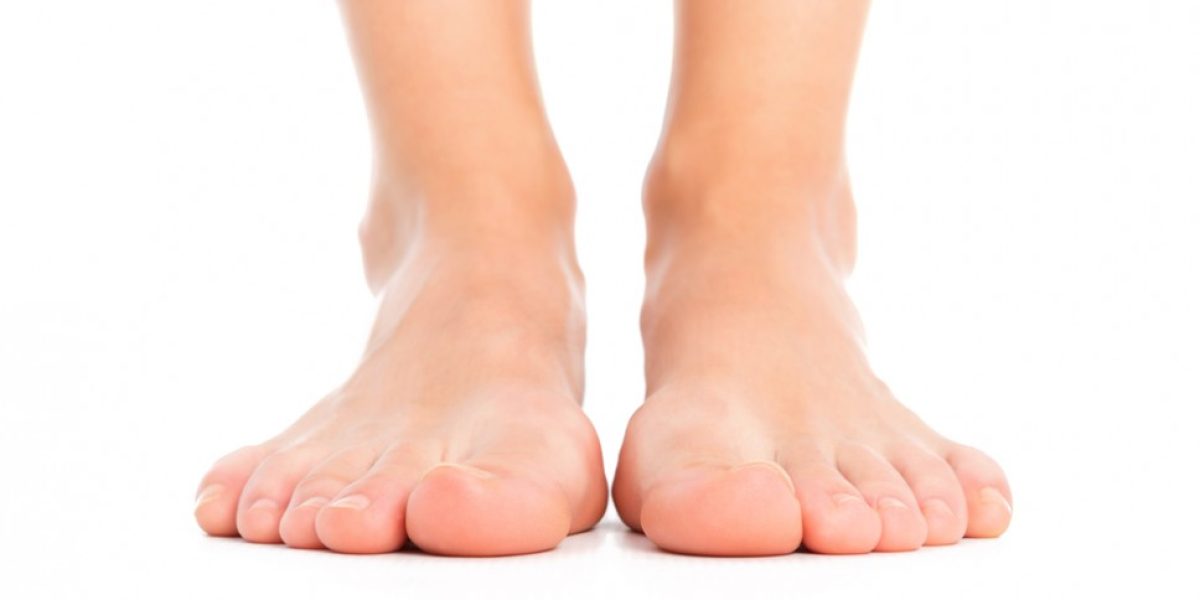Your feet are a magically well engineered body part and yet despite the massive role they play and how robust they are, most people neglect foot health. Much of the population is either uninformed or misinformed about how to maintain healthy and well functioning feet. This article is a reality check about the important role our feet play, how your feet function best, what to look for in footwear and why so many people in the western world develop foot pain.
Humans are very unique animals on planet earth. For starters, we’re bipedal and walk upright on 2 feet. Might seem simple to us but walking is a mega complicated motor pattern – exactly why we’re the only ones that can do it – and the feet play a big role in our ability to do it properly. The feet are the only part of you body that touch the ground as you navigate the world and because of that they have a rich and extensive network of nerves within their soles that relay vital information to your brain about the ground beneath you. Balancing on 1 foot is another seemingly simple task but involves a very detailed and complex series of signaling pathways to and from different joints and muscles to keep you from falling over. There’s a reason we can fly at supersonic speeds and go out into space but we can’t make a robot that walks smoothly like a human – its complicated stuff.
The feet might be complicated body parts but they’re very robust. By that I mean they can take a lot of wear and tear and punishment before they start to become dysfunctional and painful. If you were a human 50,000 years ago and could run away from a sabre tooth lion because your feet hurt your genes wouldn’t last very long in circulation. With that said, if you have foot pain it means you’ve been messing up your feet for a very long time and they finally have had enough and become painful.
Built to be barefoot
The human foot has been refined to function amazingly over the course of our evolution and its a masterpiece of structural and functional engineering. It contains 25% of the bones in our body, has 33 joints and over 100 muscles/tendons/ligaments. Evolution has designed our feet to work optimally with nothing on them. FACT. Slap a narrow fitting piece of material with a slab of cushioning on them and it turns out they don’t work so well. Drive a car designed for unleaded fuel to the gas station and fill it up with diesel – let me know how that goes. Its probably not doing to turn out so hot. You need to use something according to the way it was designed (or as close to it as you can) or bad shit happens.
Our human body hasn’t changed much if at all in the past thousand years from an evolutionary point of view but we are it in a very different way from what nature intended. We have Paleolithic bodies in a post-paleolithic world and from that steps countless “diseases” that could be avoided it we simply lived closer in line with our biology.
We aren’t designed to have salt and sugar instantly available in unlimited quantities, we aren’t designed to sit all day, we aren’t designed to wear shoes…..that list goes on for a while. Plantar fasciitis as with many other “diseases” like type 2 diabetes, low back pain, flat feet, and depression are mismatch diseases. They stem from evolutionary mismatches because they are either caused or made worse by modern lifestyles that are out of sync with our bodies ancient biology.
Footwear 101
We consider shoes to be so normal that when I walk around the clinic barefoot people look at me strange but when you look at the human evolution timeline, footwear is a very recent trend. They are abnormal and comfortable things that are responsible for slowly but surely killing our feet.
Because of shoes and their effect on our feet we’ve event had to invent things to help get out of pain like orthotics and “stability” or “motion control” shoes. These things help treat the symptoms but we’re clearly doing a terrible job at preventing the problem from occurring in the first place because foot injuries are steadily increasing. I’m not saying ditch your orthotics and go barefoot everywhere from now on. What I’m saying is we need to rethink the way we build shoes and revert back to making them based on our biology and not based on making some new weird form of cushioning that appeals to an uneducated population who has no idea how bad most shoes are for their feet.
The fact that the sign above is so recognizable demonstrates how truly detached we have become from our bodies. Being barefoot is seen as unhygienic and vulgar and many restaurants wont even serve you if you aren’t shod (wearing shoes). Healthy feet? no food for you
Humans have been walking and running barefoot for millions of years and many people still do. When humans did eventually start wearing shoes 45,000 years ago, they were super basic and looked nothing like todays footwear. The shoe industry has done such a successful job at brainwashing the uninformed public that people think cushioned and supportive shoes are actually healthy. I even have patients tell me their doctor told them to wear expensive built up running shoes at all times, even in the house. THAT’S INSANE. The improper assumption is that a comfy shoe is a healthy shoe because for many in the western world, a shoe needs to have a slab of cushioning to be comfy and this is far from healthy for our feet.
The most important function of a shoe is to protect your feet. In our natural habitat and unshod, humans would develop thick calluses to do this job but because we always protect our feet, the skin of most peoples soles are thin and at risk of being punctured. Any shoe you wear interferes with the sensory input coming from your feet about the ground below you. The thicker the sole, the less information you get – thus why many martial artists and yogis go barefoot to enhance their sensory awareness. Shoes basically numb the sensory network in your feet and without the input from the ground, the muscles of your foot stop working like they were designed – welcome flat feet. The modern shoe has turned into a foot binding contraption that systematically shortens our heel cords so its really no surprise foot pain is so common. Here are some of the main issues with modern footwear (in my opinion) and the logic of why they are bad:
- A higher heel than forefoot: usually done to slip a pancake of cushioning under the heel, it shortens our heel cords. No wonder so many people have tight calves and Achilles issues are running wild.
- Too much structural assistance: a shoe that holds up the arch of your foot will eventually weaken your natural muscles that play that role – a big part why so many people have pronated or flat feet. No arch support = the muscles of your feet need to work to create your natural arch.
- Too narrow: Squishing your foot into a skinny shoe compresses everything laterally and prevents the natural splay of your foot when standing that gives you better balance and position sensing of the ground.
- Unecessary cushioning: This is a big one. Attaching a big slab of squishy stuff under the heel of a shoe does a few crappy things. 1) it places your calf in a shortened position, 2) it numbs your sensory feedback from the ground, 3) It promotes heel striking because its width shortens the contact distance to the ground, 4) it takes away the natural feedback correction to proper running. Let me explain this last point – Its easy to run crappy in cushioned shoes, much harder when youre barefoot. If you have a big slab of squishy stuff between your heel and the ground it becomes very easy to heel strike and allow for a strong hard impact on the back of your foot with each landing. Try doing that barefoot – you wont do it for long because its pretty painful. The pain from heel striking is what moulds your running technique to take advantage of the natural elasticity in your Achilles and use that as a spring. Using the spring in your body is much more efficient because you are simply storing and releasing energy instead of only relying on muscular effort. Not only is heel striking inefficient (you basically put the brakes on with every step), its also quite harmful to your body. Your heel might not be painful but those impact forces get translated upstream to your shins, knee, hip, low back and all the way to your neck.
A few tips for better foot health
- An easy way to reverse the effects of footwear is to use a hard lacrosse ball and roll the sole of your foot over it 2 minutes per day per foot. Roll it front and back and side to side until you can walk barefoot without pain
- Slowly increase the amount of time you spend barefoot during the day
- Keep your calves loose by massaging them with a foam roll or softball for 2 minutes per side everyday until it doesn’t hurt. When you have tight calves that reduce your ankle range of motion you steal that missing movement from your foot by crushing the arch with every step.
- Walk barefoot on a variety of surfaces: walk on rocks, on grass, on sand etc etc. The more variety the better, just don’t puncture your skin. Walking on a river rock garden 5 minutes a day can be a crazy powerful way to rescue your feet and get them healthy from years of built up damage.
In summary:
- Feet are impressively designed body parts and are mega important – show them some respect
- Human feet are designed to function best when barefoot (or as close as you can get to it)
- Wearing crappy footwear kills your feet and leads to foot pain
- Spend time walking on different surface varieties – its a powerful way to regain foot health
A lot of the material in this post is taken from the book The story of the human body by Daniel Lieberman – a tremendous and highly recommended read
Hope you found the article informative and it helps guide you on footwear selection going forward. Show your feet some love and they will show it back by staying painfree and letting you run away from saber tooth tigers.
-Nick





